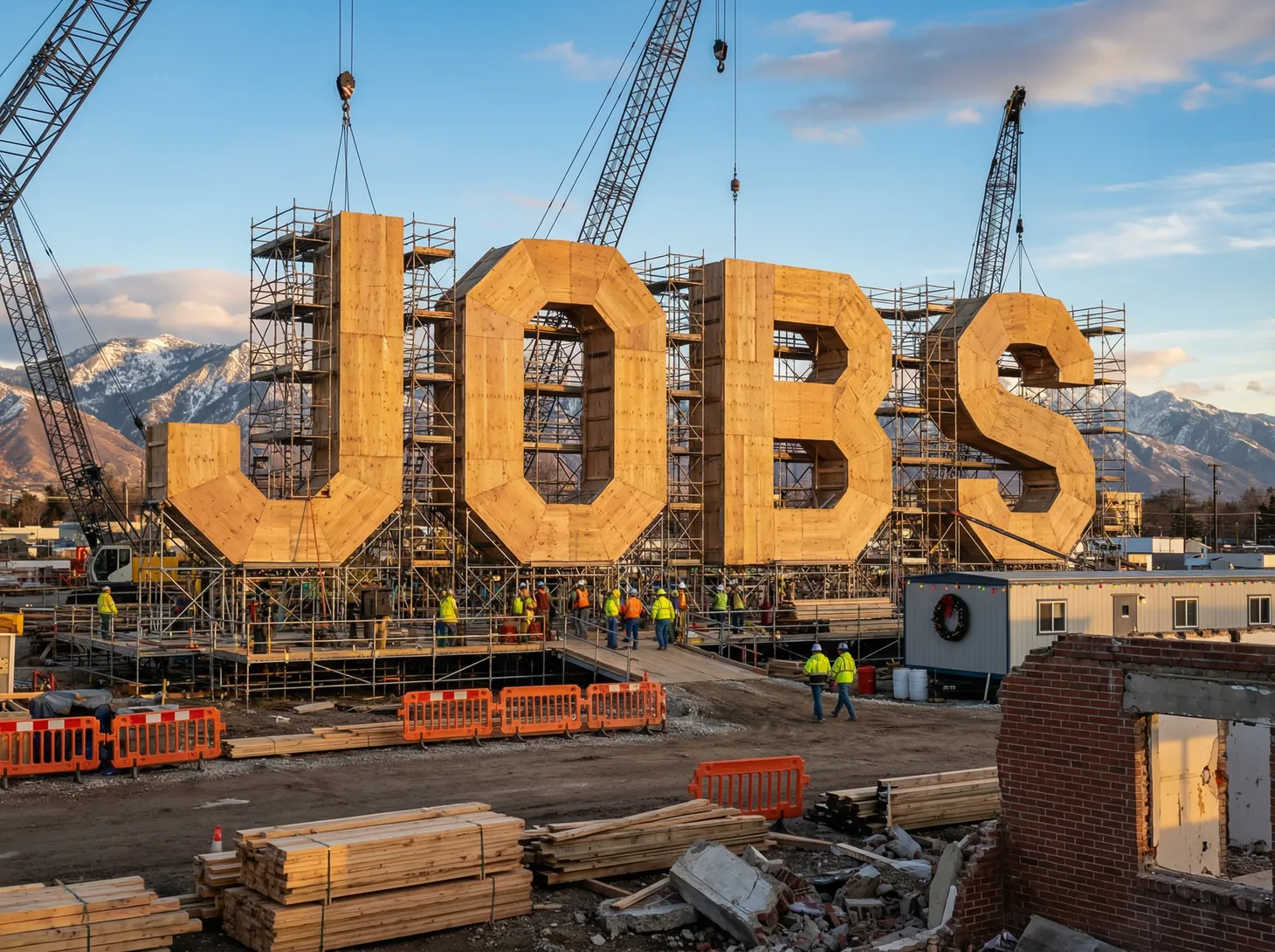Navigating EDA Grants for Economic Development with Beka Shiver
From Application to Implementation: Mastering the EDA Grant Process

Table of Contents
Episode 141 of the Econ Dev Show Podcast is live.
In this episode Dane Carlson and Beka Shiver, Economic Development and Transportation Planner for the Southwest Georgia Regional Commission, delve into the grant application process for federal programs from Economic Development Administration.
They explore a range of projects, from critical infrastructure improvements to innovative business incubators. Shiver highlights the importance of patience and effective communication throughout the grant process. She notes that while federal funding may not be ideal for urgent needs, it plays a crucial role in supporting long-term community development, particularly in historically underserved rural areas.
Like this show? Please leave us a review here — even one sentence helps!
Actionable Economic Development Insights
- Capitalize on every opportunity: Be proactive in networking by answering all phone calls, attending relevant meetings, and consistently distributing business cards. This approach can lead to unexpected partnerships and opportunities.
- Seek out multiple funding partners: Don't rely on a single source of funding. Combine resources from various entities such as county, city, and economic development commissions to create stronger, more competitive grant applications.
- Aim for higher matching contributions: While federal EDA grants typically require a 20% match, providing a higher match (e.g., 35%) can make your application stand out and increase chances of approval.
- Focus on regionalism and partnerships: Collaborate with multiple partners on singular projects. This approach not only strengthens applications but also fosters a spirit of regional cooperation.
- Be patient with the grant process: Understand that federal funding is designed for long-term community development, not immediate needs. Plan accordingly and manage expectations.
- Maintain consistent communication: Keep regular contact with funding agencies throughout the grant application and review process. This helps build relationships and keeps your project on their radar.
- Look for innovative solutions: Draw inspiration from historical necessity-driven innovations to solve current challenges in rural communities. Think creatively about how to address modern problems.
- Leverage STEM education initiatives: Use these programs as a foundation to build an ecosystem of innovators in the region. This can help create a skilled workforce and attract high-tech industries.
- Be a good steward of resources: Continuously look for ways to maximize the impact of available funds and talents. This includes finding creative ways to stretch budgets and leverage existing assets.
- Create an ecosystem for innovation: Focus on developing an environment that encourages people to try new ideas and approaches, even if they might fail. This can foster a culture of entrepreneurship and innovation.
- Diversify economic base: Work towards having a variety of industries in the region, from agricultural to manufacturing. This creates a more resilient local economy that can weather sector-specific downturns.
- Leverage local strengths: Identify and utilize existing resources and industries (like major corporations or military bases) as anchors for further economic development. These can serve as the foundation for supply chains or complementary businesses.
- Plan for sustainability: Think beyond the initial grant cycle. Develop strategies to maintain momentum and progress after the initial funding ends, ensuring long-term impact.
- Focus on infrastructure improvements: Prioritize essential upgrades like wastewater systems, transportation networks, and broadband internet. These are often critical for attracting and retaining businesses.
- Be aware of funding limitations: Understand the competitive nature of grant funding and plan accordingly. Have backup plans and alternative funding sources in case primary grant applications are unsuccessful.
- Build long-term relationships: Instead of applying for grants year after year, focus on developing ongoing partnerships with funding agencies. This can lead to more consistent support and better alignment with agency goals.
- Consider industrial park development: Where appropriate, explore opportunities to create or expand industrial parks. These can serve as hubs for business attraction and expansion efforts.
- Embrace a long-term perspective: Recognize that significant economic development often takes years or even decades to fully manifest. Set realistic timelines and celebrate incremental progress along the way.
Episode Links
Econ Dev Show Newsletter
Join the newsletter to receive the latest updates in your inbox.


